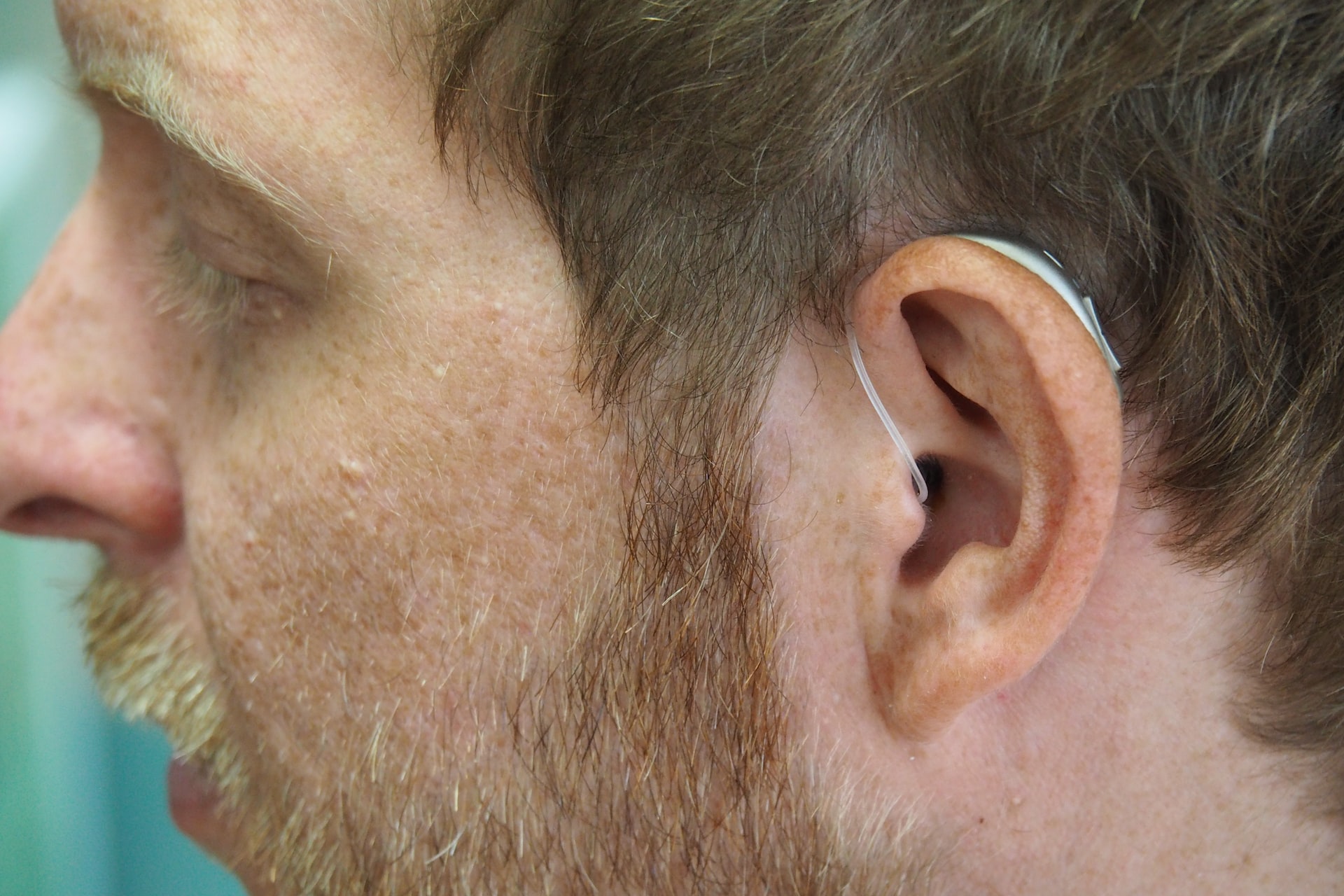In-the-ear hearing aids have several advantages. They are less likely to pick up wind noise, are more comfortable to wear, and are less expensive. In this article, we’ll look at some of these benefits. Whether you’re considering an in-the-ear hearing aid, it’s important to understand which type is right for you.
Less Likely To Pick up Wind Noise
Wind noise is a type of noise that can disrupt a person’s hearing experience. It is created by the random fluctuations in air pressure that reach the microphones of hearing aids, resulting in audible artifacts at the hearing aid’s output. This type of noise differs from other noises created in a listening environment. For example, wind-generated sounds occur when flowing air encounters obstructions, resulting in acoustic energy waves. While these sounds are not classified as wind noise, they are a natural part of environmental acoustics.
Hearing aid manufacturers have implemented digital chips and algorithms to combat noise. In addition, some hearing aid manufacturers have created algorithms designed to reduce wind noise. Learn more about Oticon hearing aids and the algorithms to reduce the amount of noise in the mid and low-frequency range. As a result, wind noise is less likely to impair the hearing aid’s ability to distinguish vowels and consonants.
Another factor contributing to wind noise is the physical distance between the microphones. For example, in-the-ear hearing aids are less likely to pick up wind noise than those worn in the canals. This is because the physical distance between the two microphones is relatively small, around 16 mm, compared to the distance between the sound source and the hearing aid microphones. Furthermore, the distance between the microphones is relatively small compared to wavelengths at low frequencies. As a result, the signals at the two locations are more likely to be in phase and correlated at low frequencies.
More Comfortable to Wear
In-the-ear hearing aids can be more discreet and, therefore, more comfortable to wear than their in-the-canal cousins. In addition, these devices offer more advanced features and are less visible than BTE devices. However, regardless of how you wear your hearing aids, you must ensure that you are comfortable with them.
For example, when you buy shoes, you typically select the size you think you will wear, then try it on in the store to ensure that it fits. Depending on your body type, you may need to go up or down a half-size to make it more comfortable. On the other hand, your ears are more sensitive than your feet, and you must choose the correct style for comfort.
Easy to Maintain
After you purchase hearing aids, you must learn how to clean them properly. This can extend the life of the batteries and reduce earwax and moisture from accumulating. Make sure to clean the battery compartment regularly and store your devices in a dry place. It’s also important to schedule regular maintenance appointments with your audiologist.
The most important thing to remember when cleaning hearing aids is to clean them before you put them in your ears at night. You should also avoid cleaning them with alcohol or chemicals, which can damage them. Additionally, make sure to store them indoors to avoid extreme temperatures. Taking them out can also damage them, so it’s best to leave them in your house.
Cleaning your hearing aid is not difficult. First, wipe them off with a dry cloth and a soft toothbrush. If you can’t do this, you should visit an audiologist to get them professionally cleaned.
Less expensive
If you’re on a budget, several less expensive in-the-ear hearing aids can be very effective. This hearing aid is rechargeable and features excellent sound quality. It also comes preprogrammed with four sound profiles that you can switch to depending on your preference.
An in-the-canal (ITC) hearing aid best suits those with mild to severe hearing loss. It fits inside the ear’s outer portion, made of plastic. They can cost anywhere from $2,698 to $3,247 per aid.
Remember that hearing aid prices depend on the provider and local factors. For example, a less experienced audiologist might charge less than one more knowledgeable about hearing care.

